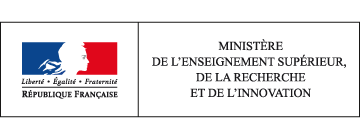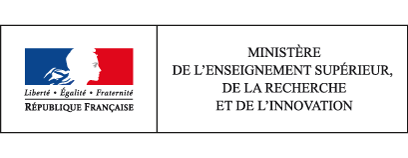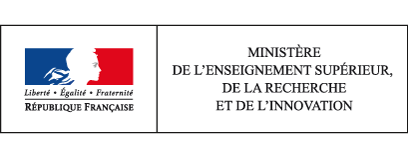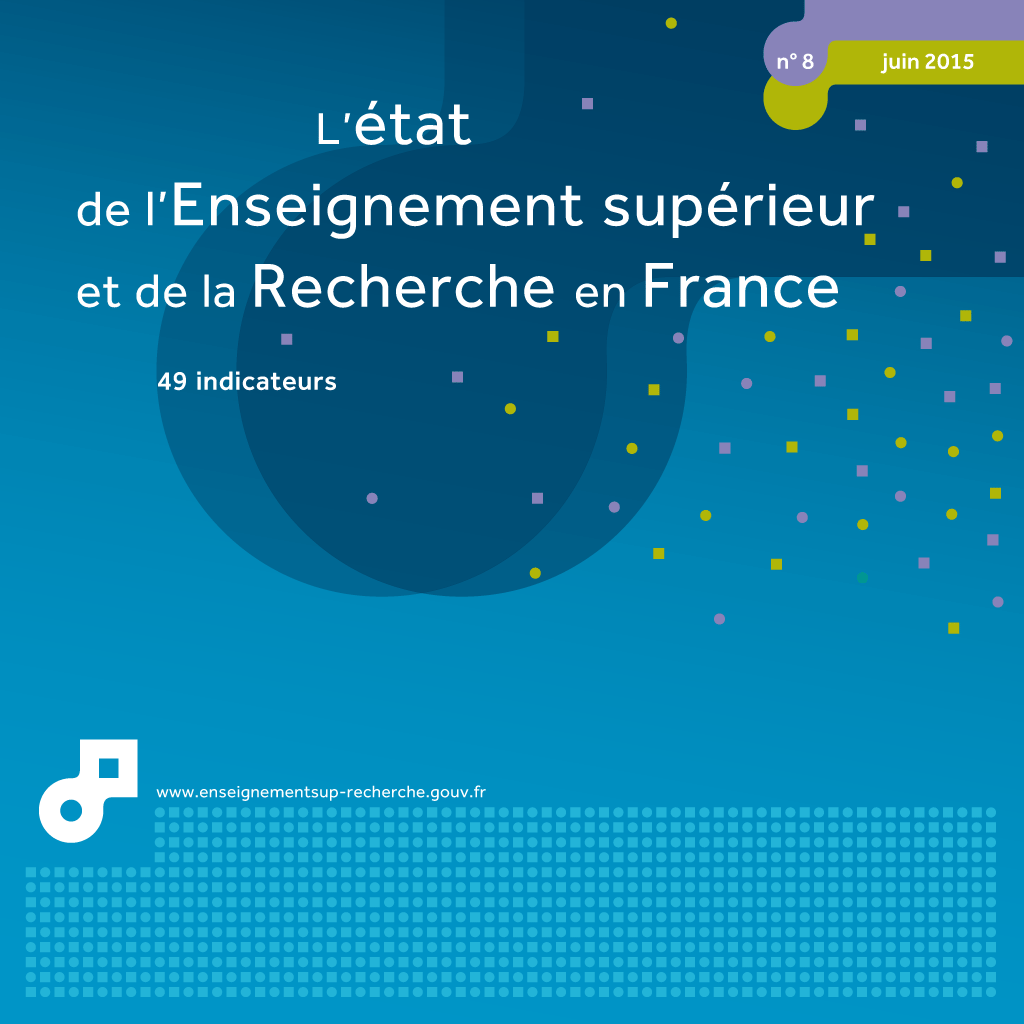30 funding for public research and development
This page has been updated. Read 30. funding for public research and development in Higher education & research in France, facts and figures 10th edition - June 2017
In 2012, budget allocations spent on public research totalled nearly €13 billion and funded 69% of all public research and development (R&D). In 2012, resources contributed by institutions themselves accounted for nearly €6 billion and almost 30% of R&D funding for public research.
Funding for public research comes primarily from budget allocations from the Inter-Ministerial Mission for Research and Higher Education (Mission interministérielle recherche et enseignement supérieur – MIRES). These allocations cover R&D carried out at state institutions, as well as that done in the four other sectors in France and abroad. They include public service subsidies and allocations designed to finance university research, dedicated state research institutions, funding bodies for research projects, various mechanisms for funding and promoting R&D by businesses and research carried out through public-private partnerships. They also include funding for measures that aim to share and promote scientific and technical culture. In 2014, the MIRES allocated a total of €15 billion to research, as compared with €14 billion in 2012 and 2013.
In 2012, resources for all public research (whether carried out internally by institutions or subcontracted to external organisations) totalled €18.7 billion (table 30.01). These came largely from budget allocations (69%), with the remainder made up by the institutions themselves, most often by means of contractual resources. The budget allocations spent came primarily (88%) from the MIRES (chart 30.02), with the remainder provided by contributions from other government departments. The proportion of budget allocations varied depending on the type of institution. It was larger for higher education institutions (76%) than for dedicated research institutions (69%) due to the high number of state-owned industrial and commercial establishments (établissements publics à caractère industriel et commercial – EPIC) in this latter group (chart 30.03), and was very small for the public non-profit sector (13%).
The resources contributed by institutions themselves fell into two distinct categories: ‘contractual resources’ (including contracts, agreements and calls for proposals), which accounted for 22% (€4.1 billion) of funding for public research (table 30.01), and other types of resources provided by institutions themselves (9% of total funding). Contractual funding came primarily from the public sector (€2.4 billion), with dedicated state research institutions linked together by a complex network of research collaboration. More than half of these contracts came from government funding sources such as the French National Research Agency (Agence nationale de la recherche – ANR), the French National Cancer Institute (Institut national du cancer – INCA), Bpifrance and local authorities (chart 30.05). This proportion varied depending on the type of institution: it was a little larger for higher education institutions (55%) and state-owned scientific and technological establishments (établissements publics à caractère scientifique et technologique – EPST; around 51%), than for EPICs (33%) (chart 30.05). The remainder came from collaborations between the various institutions that conduct public research. Public research was also funded through contracts with businesses, which accounted for a total of €0.8 billion. It also received an equivalent amount in contractual funding from abroad, from international organisations and from the European Union. EPICs and higher education institutions were the main beneficiaries of such foreign funding (chart 30.04), with the French Alternative Energies and Atomic Energy Commission (Commissariat à l’énergie atomique et aux énergies alternatives – CEA) and the French Government Space Agency (Centre national d’études spatiales – CNES) receiving the lion’s share.
How to cite this paper :
close
Key figures
Whole of France
Whole of France
Whole of France
30.01 Type and sources of funding for public research in 2012 (in €M)
1 Budget allocations are funds set aside for institutions in the government budget. In accordance with the methodology used here, the term refers to allocations that have been spent. The figures are semi-finalised.
You can embed this table to your website or your blog by copying the HTML code and pasting it into the source code of your website / blog:
close
30.02 Types of funding for public research in 2012 (in €M)
You can embed this chart to your website or your blog by copying the HTML code and pasting it into the source code of your website / blog:
close
30.03 Types of funding for public research in 2012 (in €M)
You can embed this chart to your website or your blog by copying the HTML code and pasting it into the source code of your website / blog:
close
30.04 Sources of contracts won by the main institutions carrying out public research in 2012 (in €M)
1 Government, higher education and the private non-profit sector.
2 Including international organisations.
You can embed this chart to your website or your blog by copying the HTML code and pasting it into the source code of your website / blog:
close
30.05 Proportion of contractual resources for public research provided by government in 2012 (in €M)
1 Government funding sources include the ANR, INCA, Bpifrance and local authorities.
2 EPSTs, EPICs, higher education.
You can embed this chart to your website or your blog by copying the HTML code and pasting it into the source code of your website / blog:
close
Related statistical publications

 Note d'information SIES 14.07 - Research and development expenditure in France in 2012 - Christophe Dixte, Anna Testas - August 2014
Note d'information SIES 14.07 - Research and development expenditure in France in 2012 - Christophe Dixte, Anna Testas - August 2014 The rise in GERD was the result of a steady increase in business R&D expenditure, with government expenditure remaining stable. The country's research effort, measured as a ratio of GERD to gross domestic product (GDP), was 2.23% in 2012. It is likely to remain stable at 2.23% in 2013.
Due to a slowdown in business R&D expenditure, GERD is in fact likely to increase by 0.5% in volume in 2013 (provisional results), a rate that is only slightly higher than that of GDP.
In 2012, R&D activities in business enterprises and in government mobilised 412,000 full-time equivalent staff.

 Note d'information SIES 13.06 - Research and development expenditure in France in 2011 - First estimates for 2012 - Caroline Iannone, Nicolas Le Ru - July 2013
Note d'information SIES 13.06 - Research and development expenditure in France in 2011 - First estimates for 2012 - Caroline Iannone, Nicolas Le Ru - July 2013 Translation
 Etat de l'enseignement supérieur et de la rechercheL'état de l'Enseignement supérieur et de la Recherche en France n°8 - juin 2015
Etat de l'enseignement supérieur et de la rechercheL'état de l'Enseignement supérieur et de la Recherche en France n°8 - juin 201530 - le financement des activités de recherche et développement de la recherche publique - Catherine David






